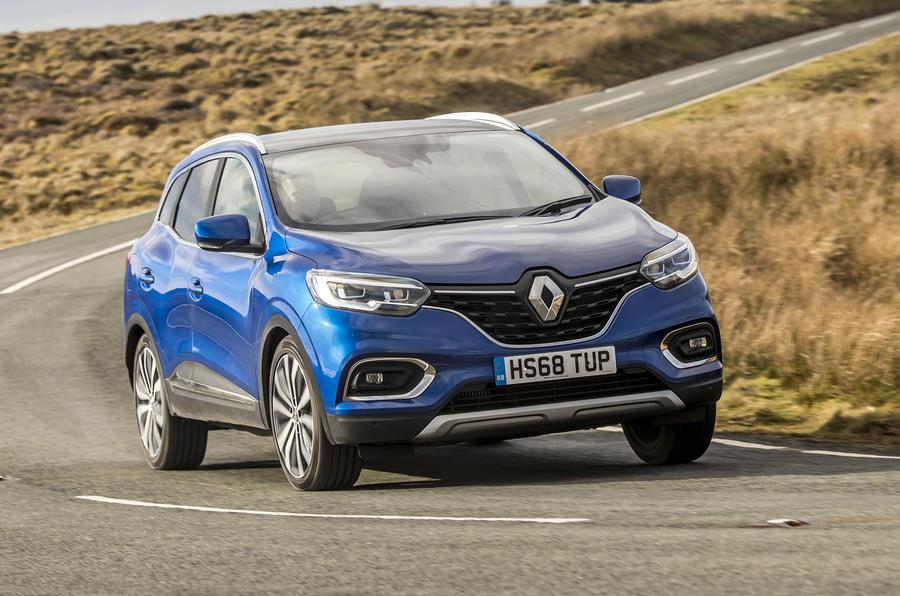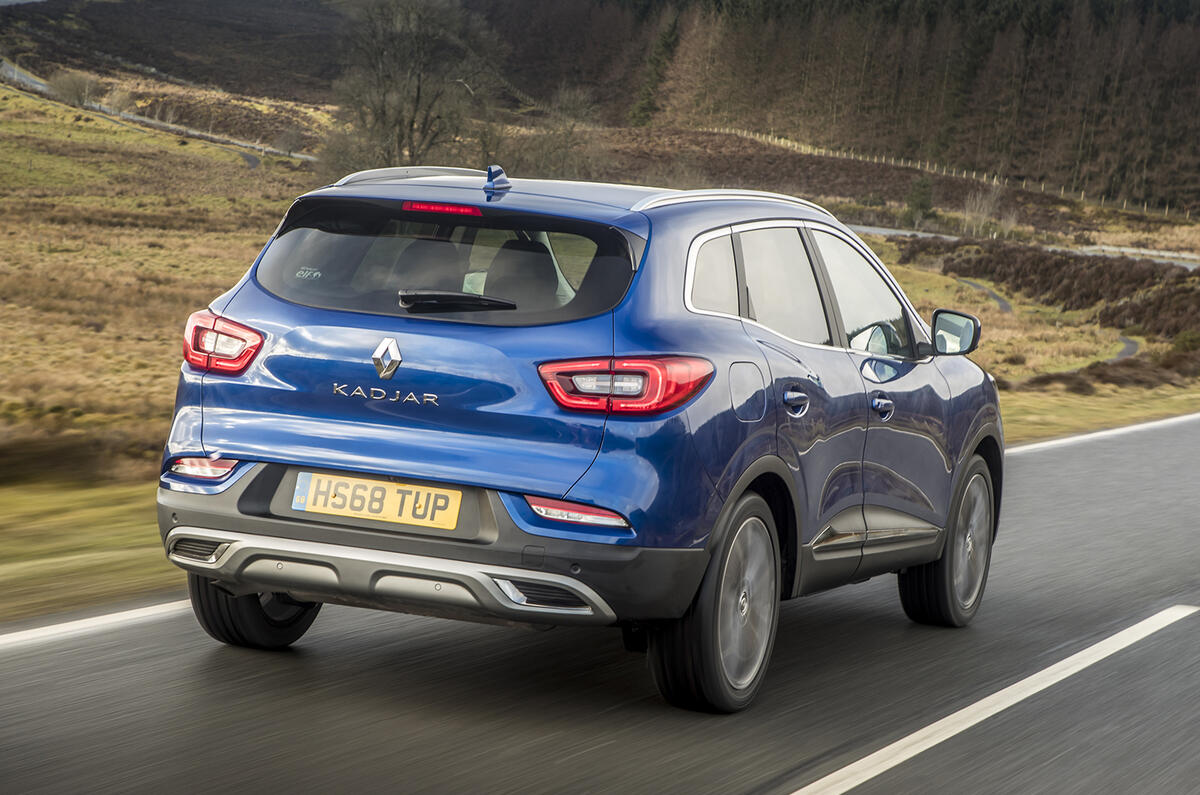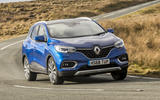What is it?
A measure of how fiercely fought the C-segment SUV sector is now. Looking back barely four years ago to Renault launching the Renault Kadjar, it arrived on the scene with a small handful of true rivals.
Fast forward to 2019 and there are fresher-faced challengers on sale from Citroën, Honda, Hyundai, Kia, Peugeot, Seat, Skoda, Toyota, Vauxhall and Volkswagen, to name just a few. This class is now where the family hatchback class was a decade ago: if you aren't selling one, you can't be considered a competitive mainstream brand.
Given how much has changed since 2015, the facelifted Kadjar’s exterior look is so subtly tweaked, you’d have to be a serious Renault enthusiast to spot it. But then it’s still among the more elegant shapes in a sector hardly chock-full of design classics.
More important changes are found inside and, in particular, under the bonnet. The dash fascia gets new smart-looking and surprisingly premium-feeling rotary controls for the climate system, alongside a new touchscreen and some fresh materials. The car’s trim hierarchy has also been revised to make more sense to buyers.
Beating the new Clio to market, the Kadjar is also the first Renault on sale sporting the new, Mercedes-shared 1.3-litre petrol engine in two states of tune. There’s a revised 1.5-litre diesel too, but it’s the former Renault has put forward for us to test here.
What's it like?
We’ll start with that new motor. And, unsurprisingly, our conclusion made last year on the international launch carries over onto British Tarmac. This is one of the better downsized turbo petrols around, and it’s the main dynamic highlight for the Kadjar.
While this unit finds a home in the Mercedes A-Class and the even lighter new Clio, it’s natural to take one glance at the Kadjar and conclude that 1.3 litres is not enough for it to perform with any kind of verve. Yet it’s surprisingly punchy, even in entry-level 138bhp form.
Peak twist arrives from just 1600rpm, giving it a decently muscular feel from the off, and that urgency continues into the mid-range. When the mood takes you and you attempt to locate the rev limiter, it’ll zip towards it with a zest that is lacking in a number of similar powertrains. It’s no naturally aspirated screamer by any stretch, but it’s easily as good as it needs to be.
Like the VW Group’s now-ubiquitous 1.5-litre TSI unit, the 1.3 TCe combines peppy performance with strong refinement - certainly better than that offered with some of the three-cylinder turbo petrols in some rivals. MPG in the low 40s seems achievable without much effort, too. It’s just a shame that the Kadjar’s notchy, less-than-engaging manual shift erodes some of the enjoyment.
Enjoyment may be a bit strong; let’s not be under any illusion that a) any crossover or SUV is more dynamically capable than the hatchback on which it’s usually based, and b) most people buying these things care or notice about how it rides and handles. Nevertheless, there are good-to-drive SUVs, and there are those that are found wanting. The Kadjar falls in the middle of this pack.
There’s a clear comfort bias to the Renault’s set-up from the off - from the steering that lacks much sense of directness or connection to the front wheels, to the rather lax body control as you push its outer limits. That’s fine, even laudable, if the trade-off is a ride that cushions occupants from the worst our Tarmac has to offer.



























Join the debate
Add your comment
Your site is awesome! Just one Quick question :)
If it truly cost nearly 10K less
then that's clearly excellent reason to pick it ahead of a Volkswagen.
Rotary climate controls? What
Rotary climate controls? What a good idea!
Its nice to see some manufacturers actually thinking about basic driver safety, rather than appearances and following fashion.